The inclusion of Tenebrio molitor larvae meal in diets did not induce sensory changes in the trout fillets
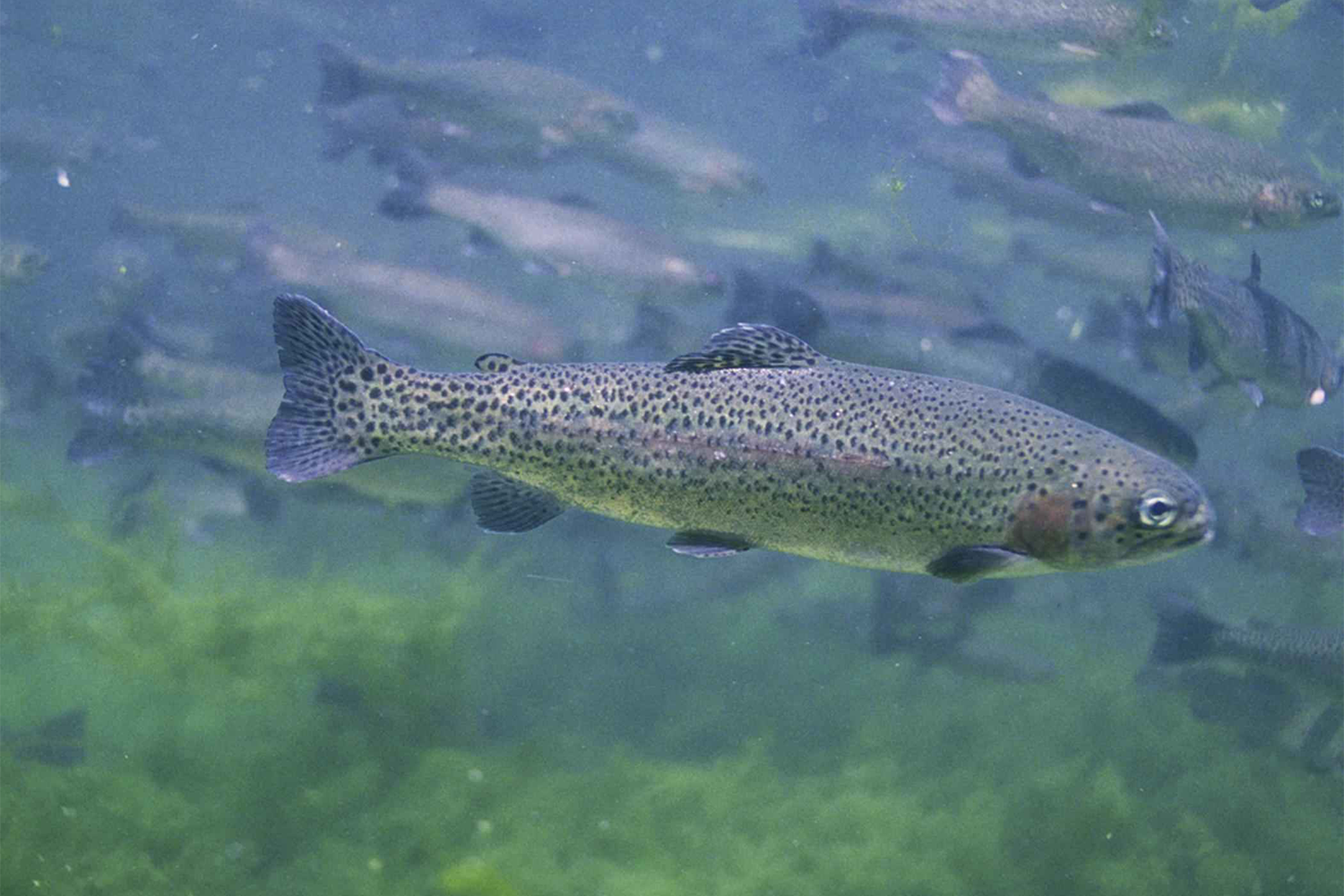
Given the growing interest in insect products as an alternative source of protein, the acceptability and knowledge of consumer preferences for insect foods may be critical. This knowledge would enable informed decisions on the production of these foods, particularly for Western countries where insect food consumption is largely non-existent.
These studies are, to date, scarce; however, we know that humans generally avoid unfamiliar foods because they suffer from neophobia (fear of anything new). Although we acknowledge the contribution of such studies, we agree with other authors who argue that insects could be more easily introduced into consumers’ daily diets by developing products that involve eating insects indirectly such as using insect-based feed. This has been demonstrated by various researchers who showed that consumers are more willing to accept insects as animal feed than consume them directly in their diets.
For most Western consumers insect food seems to be good for animals and not very appropriate for humans. However, it is difficult to generalize, as there may be segments or groups of consumers who are more open to exploring new flavors and new products. For instance, studies have shown that younger consumers, regardless of gender, occupation or education, but with a slightly higher income, trust innovation in food production and are active in the search for new food sources.
This article – summarized from the original publication (Magnani, M. et al. 2023. Consumer Expectation and Perception of Farmed Rainbow Trout (Oncorhynchus mykiss) Fed with Insect Meal (Tenebrio molitor). Foods 2023, 12(23), 4356) – reports on a study that examined the perception and expectations of Spanish consumers of farmed rainbow trout (Oncorhynchus mykiss) fed with different amounts of meal from yellow mealworm beetle (Tenebrio molitor).
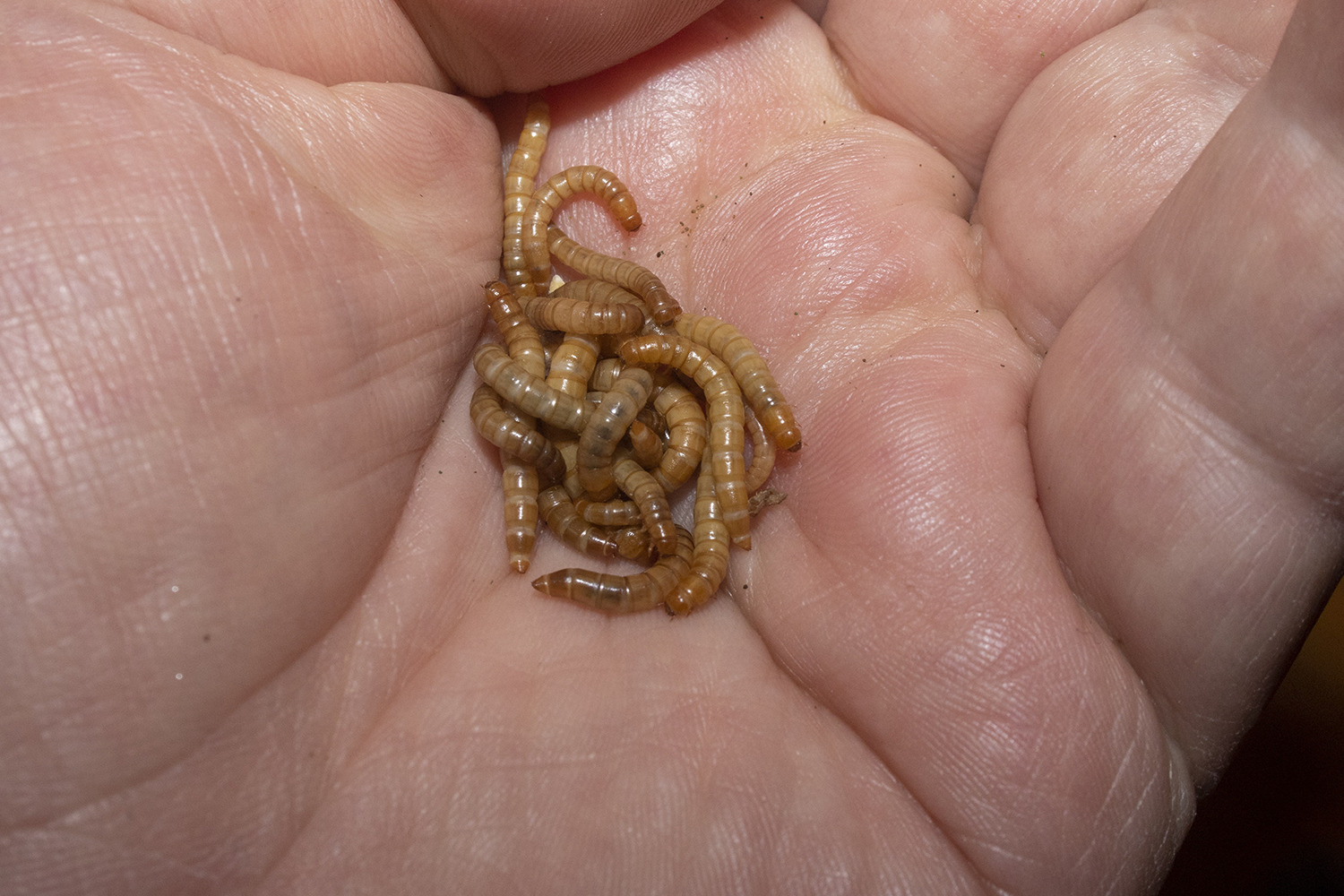
Study setup
Rainbow trout were fed experimental diets with graded levels of defatted insect meal from T. molitor instead of fishmeal, including control (CRL 0 percent), 30, 60 and 100 percent commercial insect meal. Fish were then sacrificed, filleted, packed and frozen, and transported to the Institut de Recerca i Tecnologia Agroalimentàries (IRTA) in Monells (Spain) for the study.
Initially, a study was carried out by a sensory panel of seven individuals, all of whom had previous experience in sensory analysis of different types of products including fish and fish products. The panelists were asked to identify and generate sensory attributes to characterize the products that were fed these experimental diets. Twenty-three descriptors were used and this process was performed in two tasting sessions involving the seven available tasters.
Additionally, 116 consumers were recruited between the cities of Barcelona (56 consumers) and Madrid (60 consumers) through a marketing agency, and a questionnaire specifically created for this study was used. Participants had to be consumers of the species under study, be between 18–70 years of age and comprise 50 percent women and 50 percent men and be willing to taste fish fillets fed with feed that included meal of animal origin (crustacean, insect, egg protein) instead of fishmeal.
For detailed information on the experimental design and diets, fish sample preparation, questionnaires, sensory analyses and statistical analysis, refer to the original publication.
Effects of a commercial, phenol-rich fulvic acid as a water additive on rainbow trout
Results and discussion
Changes in fish feed ingredients can affect the appearance, smell and aroma of fish fillets [51]. This could in turn affect the perceived quality of the fillet and consequently consumer acceptance. The sensory analysis performed in this study on the intensity data of sensory attributes to estimate the sample effect (CRL 0, 30, 60 and 100 percent; Fig. 1) found no significant differences (p ≤ 0.05) in any case, in agreement with other studies. The lack of statistical differences in this study is probably related to the presence of other notably intense attributes such as earthiness, which could have masked the possible effect of diet on sensory characteristics.
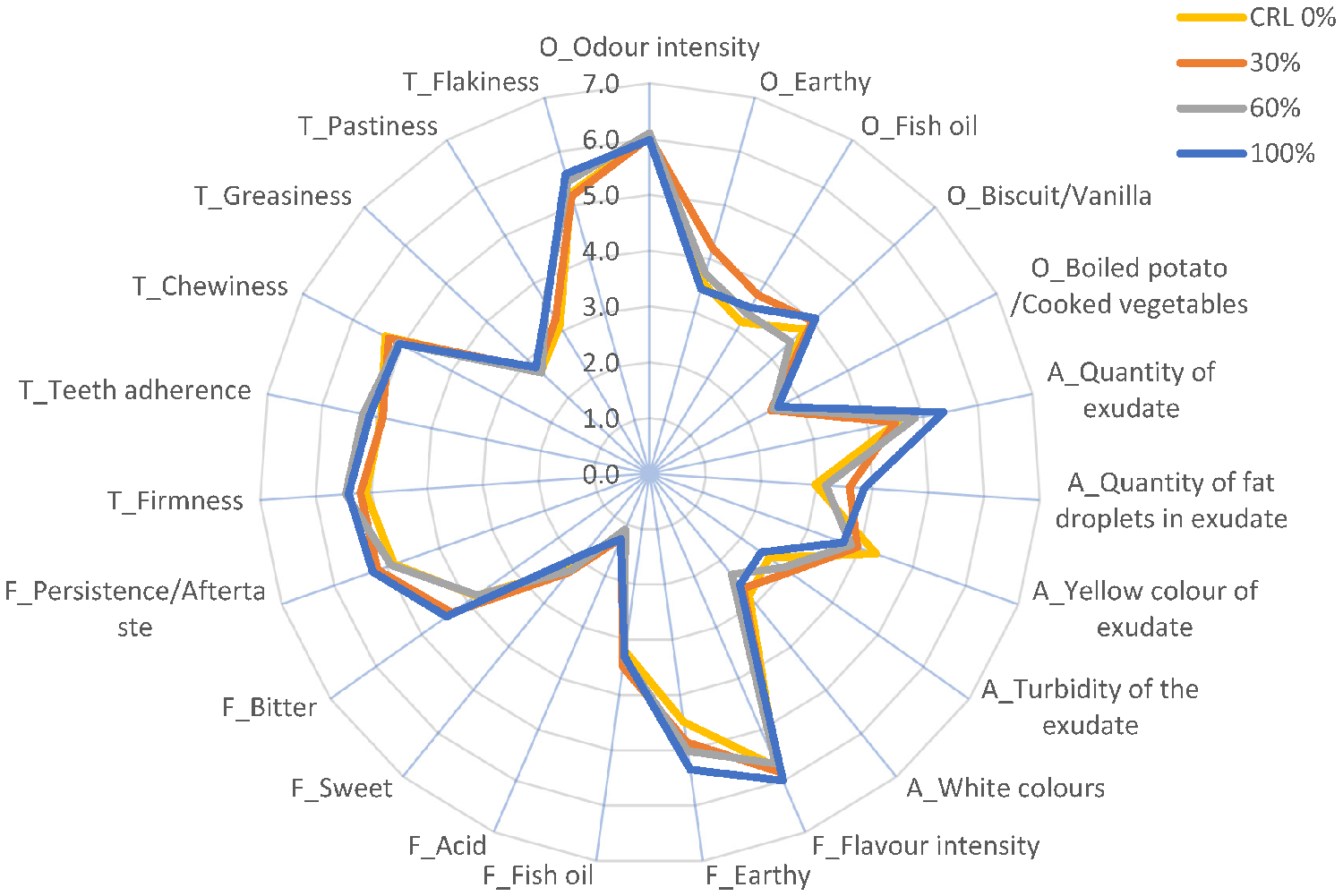
There were no significant flavor differences between the diet groups, but the numerical scores for earthy, sour, bitter and for flavor intensity and persistence tend to increase with the maximum level of inclusion of T. molitor meal, as also observed in other studies.
Despite the advantages of insects as a sustainable and healthy alternative to conventional protein sources, they are generally not considered a viable food source by Western consumers. The results show that consumers are more willing to accept products that fit into their traditional diet and that the acceptance of insects as human food also depends greatly on the composition and level of feed processing.
To assess consumers’ expectations of products fed with insect meal, in this study we asked the question: how much they think they might like a product fed with insect meal, a foodstuff not part of the human diet in Western countries, compared to a product fed with crustacean meal and egg protein, two products commonly consumed in the West.
Even motivated consumers still hesitate to regularly consume insect-based foods due to other practical and socio-cultural barriers. Our results are in line with the findings of other studies reporting that the expectation towards insect meal was punctuated with a lower value compared to crustacean and egg protein (Fig. 2). The decrease in expectations indicates a worse global perception of insect meal, most likely because it is a product with which participants are unfamiliar compared to crustaceans or eggs. In any case, it should be noted that the mean value obtained was above the central point of the scale (5), indicating that it was not rejected.
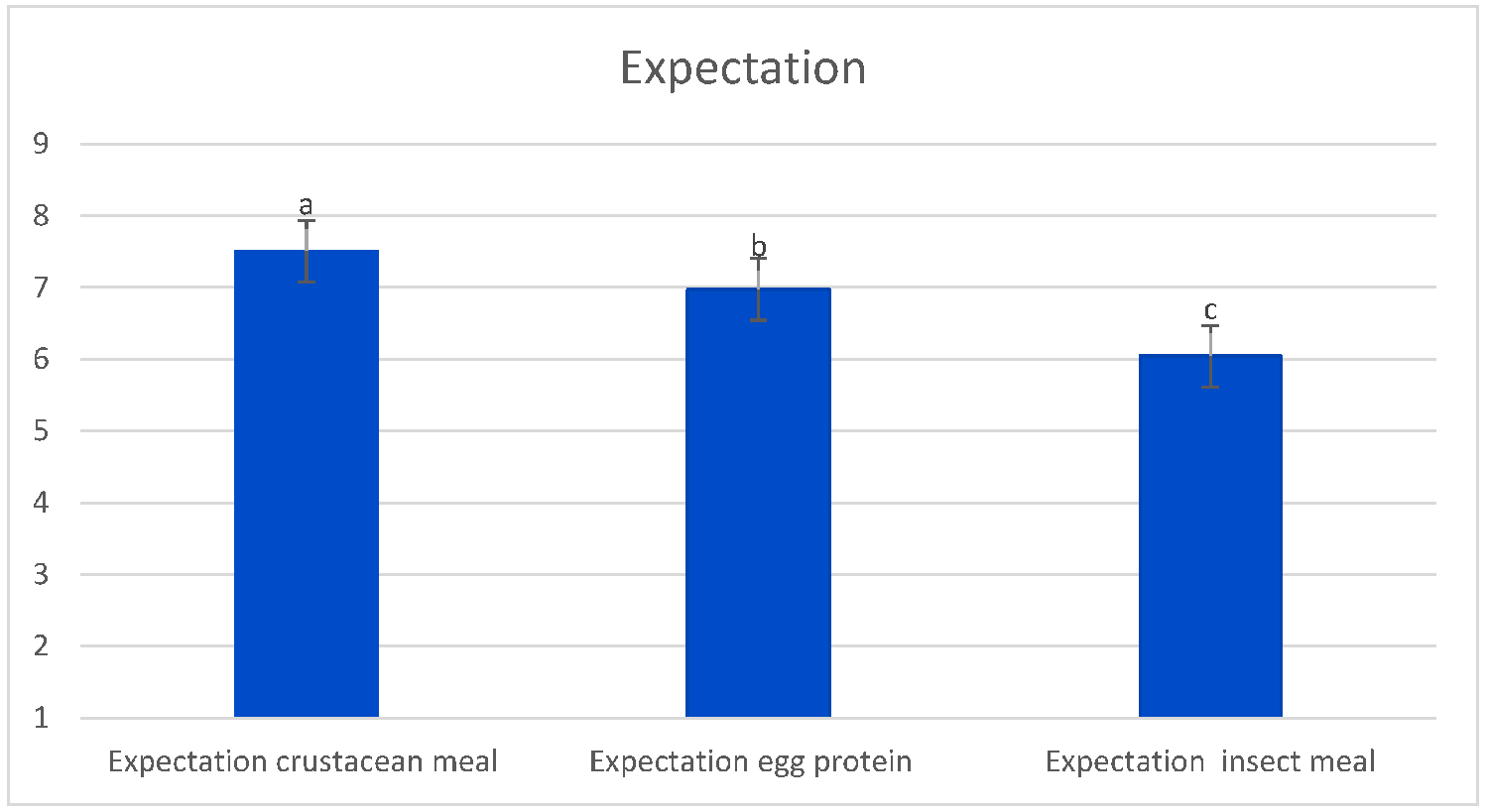
Furthermore, when there is no real experience or regular consumption of a type of food, consumer expectations tend to be based on visual appearance and expected taste. Other researchers showed that considering insects as food can evoke disgust and the thought of consumption can lead to the expectation and perception of bad taste.
Based on our results, it seems that insect meal might still be perceived by consumers as a product potentially unsafe for human health because it can carry possible diseases and allergies. Given the adequate nutritional value of insect meals, one way to increase consumer acceptance may be to inform them about the healthy properties of this type of diet.
As shown by the results obtained for the overall perception, the fish fed with insect meal is perceived by consumers as not being of high quality. However, the insect meal-fed product is perceived by consumers positively when looking at the terms nutritious, natural and sustainable. It is important to note that these results refer to the evaluation of the incorporation of insect meal to the fish diet without indicating the percentage of substitution.
The commercial potential of products containing unprocessed and processed insects will depend heavily on the sensory liking, both before and after tasting. The latest food technologies are a valuable aid to alleviate disgust and even reduce the impact of neophobia, even if affective-emotional reactions are only partially modified by awareness and information.
Regarding the willingness to buy, as could be expected, the results show the CRL 0 percent product with the highest value, and this value gradually decreases as the inclusion of insect meal increases. The data show how strong the rejection towards this foodstuff still is, even though the question was asked after the informed tasting.
Regarding the willingness to pay for these products, our results show that the consumer is willing to pay a higher price for the CRL 0 percent product and a lower price as the insect meal substitution increases. This is not in line with the results of other researchers that consumers are willing to pay more for environmentally friendly food products. Furthermore, it was noted that the willingness to pay more for such a product is positively correlated with the economic situation of the consumer.
Perspectives
This study examined consumer expectations, perception and acceptance of an innovative product, insect-fed fish. The focus of the work is also of great interest in the context of the “sustainability,” which perceives insect-fed fish as a possible future reality. Furthermore, considering that a limitation of this study is the specific national/cultural context (Spanish consumers), future experiments will have to make a cross-cultural comparison. Future research should also consider other consumption contexts (restaurant or home consumption), the stage of preparation (raw or ready-to-eat) and other fish species, with less pronounced sensory attributes (earthy flavor in the case of trout).
Further studies are also needed to better identify different consumer groups or segments, which did not make sense in the present study given the relatively small number of participants. Practitioners should therefore try to publicize not only the potential benefits of entomophagy, but also consider taste education as an important tool to change attitudes and negative expectations towards edible insects.
The positive experience of tasting products with both visible and processed insects may cause consumers to reconsider their initial negative expectations and attitudes towards entomophagy, encouraging others to eat these novel foods as well. Furthermore, it would be interesting to investigate whether approval from others (e.g., family and friends) may be one of the most important factors for the introduction and spread of entomophagy as already explained in previously published research.
Now that you've reached the end of the article ...
… please consider supporting GSA’s mission to advance responsible seafood practices through education, advocacy and third-party assurances. The Advocate aims to document the evolution of responsible seafood practices and share the expansive knowledge of our vast network of contributors.
By becoming a Global Seafood Alliance member, you’re ensuring that all of the pre-competitive work we do through member benefits, resources and events can continue. Individual membership costs just $50 a year.
Not a GSA member? Join us.
Author
-
Dr. Luis Guerrero
Corresponding author
Food Quality and Technology, Institut de Recerca i Tecnologia Agroalimentàries—IRTA, Finca Camps i Armet s/n, 17121 Monells, Spain[116,97,99,46,97,116,114,105,64,111,114,101,114,114,101,117,103,46,115,105,117,108,108]
Tagged With
Related Posts
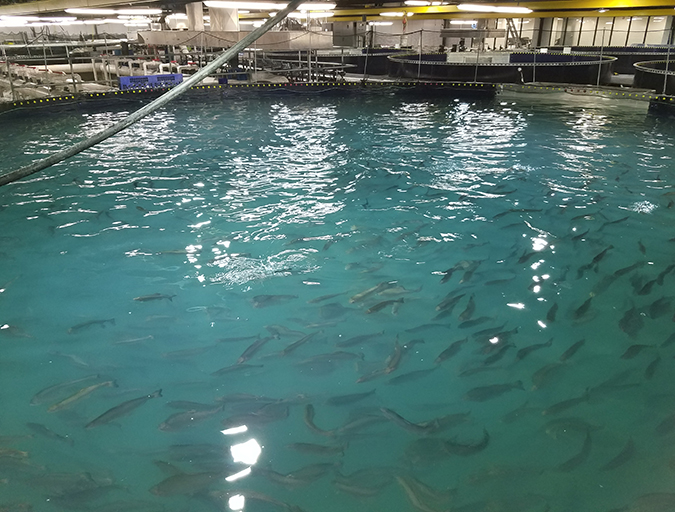
Intelligence
A land grab for salmon (and shrimp) in upstate New York
The operators of Hudson Valley Fish Farm see their inland locale as a pilot to prove that land-based fish farming, located in close proximity to major metropolitan markets, can be successful.
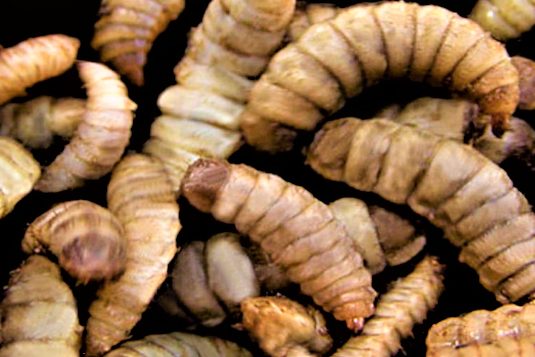
Aquafeeds
Chitin digestibility and intestinal enzyme activity in Nile tilapia and rainbow trout
Study results corroborate that chitin could act as a nutrient source as well as an antinutrient in both Nile tilapia and rainbow trout.
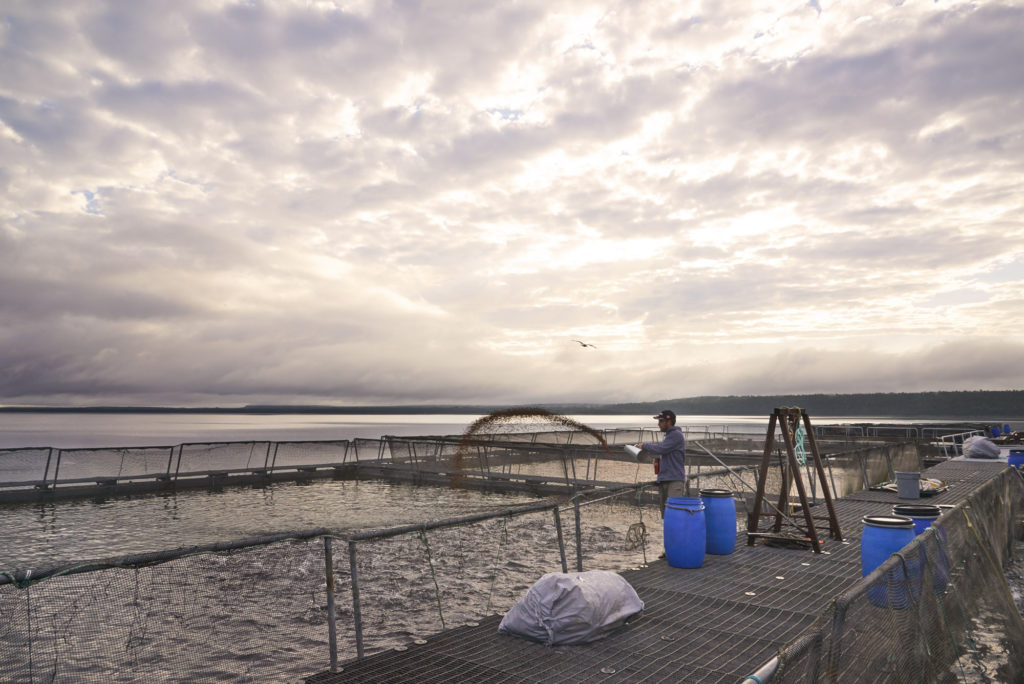
Responsibility
For Great Lakes aquaculture, it’s a tale of two countries
Canada and the United States may be friendly neighbors, but when it comes to aquaculture, the bordering countries take vastly different approaches to aquaculture in the Great Lakes.
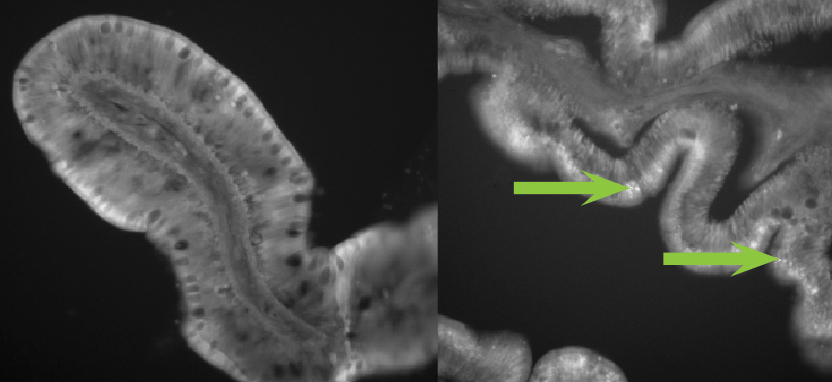
Health & Welfare
Study: Oral method vaccinates rainbow trout against IHNV
Working on a system for oral delivery of IHNV vaccine via fish feed, researchers' goal is to adapt a proven oral DNA-based vaccine given to salmon in Canada to rainbow trout through encapsulation with a polymer or liposome.



